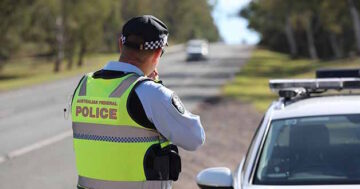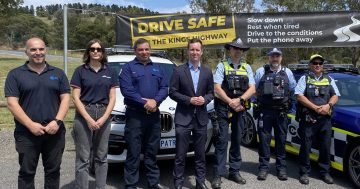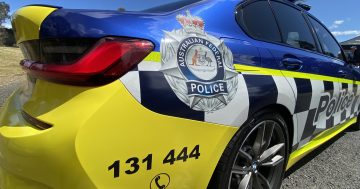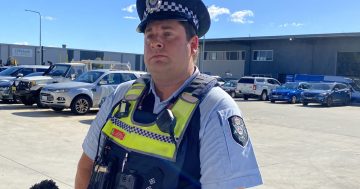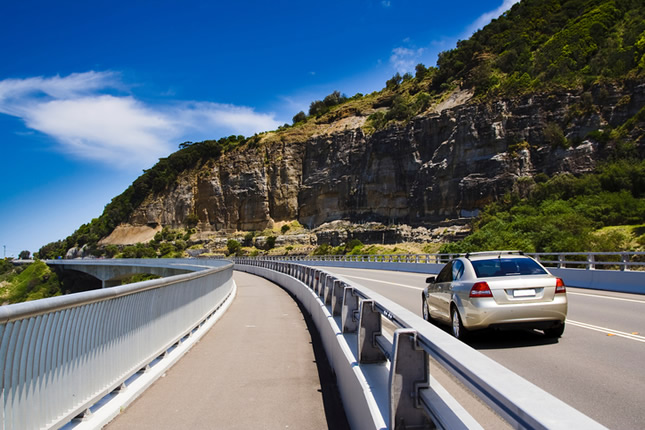
As we approach Christmas and that long-awaited holiday period, many of us are planning to travel.
The potential terror of entertaining the kids on long road trips aside, this time of year is a bit of a nightmare for our emergency services, for very different reasons.
Sadly, the holiday season can also be a horror period on our roads.
Ten people have died on ACT Roads this year.
That’s about one person each month. Or to put it another way, one entire network of family, friends, workmates and school buddies hit by the loss of their mother or father, husband or wife, son or daughter, friend or lover, teacher, student or colleague, every month.
In 2015, the road toll was 15, our worst in five years.
What strikes me about this issue is, spending a bit of time around cars as I do, I know (as you probably do) that cars are the safest they’ve ever been.
A 5-star ANCAP safety rating is almost a no-brainer when you’re buying a new car.
So where are we going wrong?
Manufacturers talk about both ‘passive’ and active’ safety controls. It’s fascinating.
The passive features are those that protect you when a crash happens – seat belts, air bags, crumple zones, even headrests. They aim to keep the driver and passengers in the vehicle, and protected from the various forces that come into play in a crash situation.
Huge amounts of research and knowledge go into where these passive features are placed, the materials that are use, and how they deploy.
A really exciting area of advancing technology, however, are the active safety features.
Over the past decade or so, we’ve seen the emergence of forward collision warnings, lane departure warnings and electronic stability control, which my policing friend says was the biggest game-changer since automatic braking systems or ABS was introduced.
Your car will literally stop or change direction for you, in order to avoid a collision.
So, with all these incredible features at our fingertips – why are so many of us still dying on the roads?
Canberrans do drive a lot. We have just over 321,000 registered vehicles on the road. Of course, not everyone has a new car with all the latest features, but there are a large number of newer vehicles on the road.
And our roads and traffic conditions are generally pretty good – they rarely pop up as factors in an accident.
Interestingly, as a nation we’re driving less and less. Since 2005, car ownership rates have risen steadily, while the number of kilometres travelled per car has fallen just as steadily.
Does that mean we have more drivers on the road, with less actual driving experience?
Maybe the answer lies in stricter education and training requirements for drivers. Including perhaps the need for ongoing training and testing throughout our driving lives?
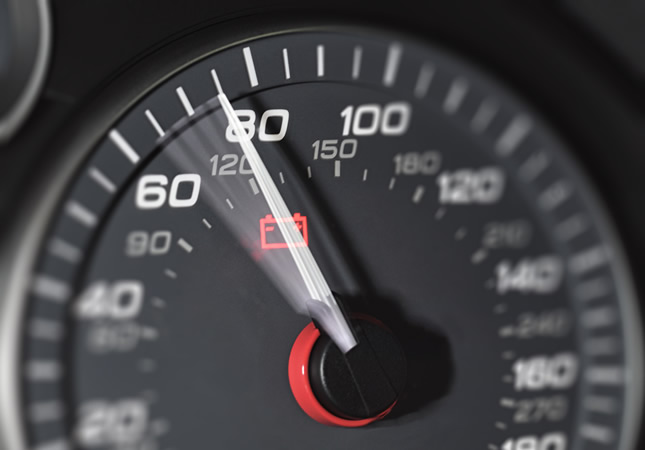
Speed remains the biggest factor in most incidents. A few weeks ago, NSW Police couldn’t hide their exasperation when a man was caught doing 231kmph in a 110km zone on the Hume Highway near Gundagai.
Around the same time, ACT Police caught a Forde man driving 70kmph over the limit.
Are we relying upon the safety and comfort of our vehicles too much, expecting too much of these new safety features? Maybe getting a bit too confident, a bit lazy – even reckless?
Across Australian jurisdictions, most road safety strategies rely on a combination of:
- increasing awareness of safety issues and respectful behaviour on the roads;
- improving the design, construction and maintenance of road networks;
- focusing on high-risk road users, such as motorcyclists, bicycle riders, younger and older drivers;
- improving vehicle safety and safety standards; and
- when all else fails, enforcing the road rules.
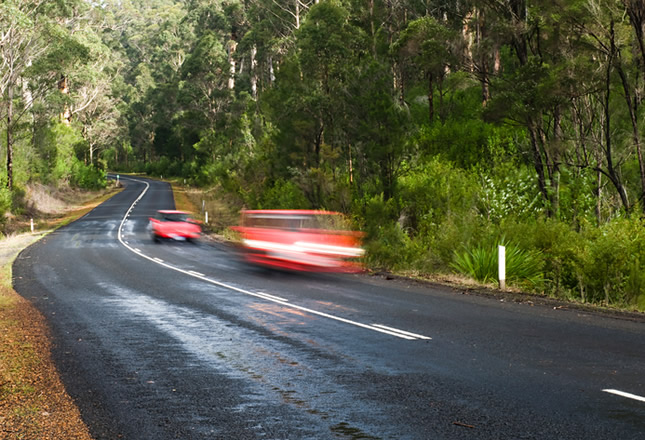
When manufacturers, police and government seem to be doing their best to stop us killing ourselves on the roads, does the buck simply stop with those of us who are holding the wheel?
What do you think? Have you got any brilliant ideas for ACT Policing on how we can reduce the road toll?













